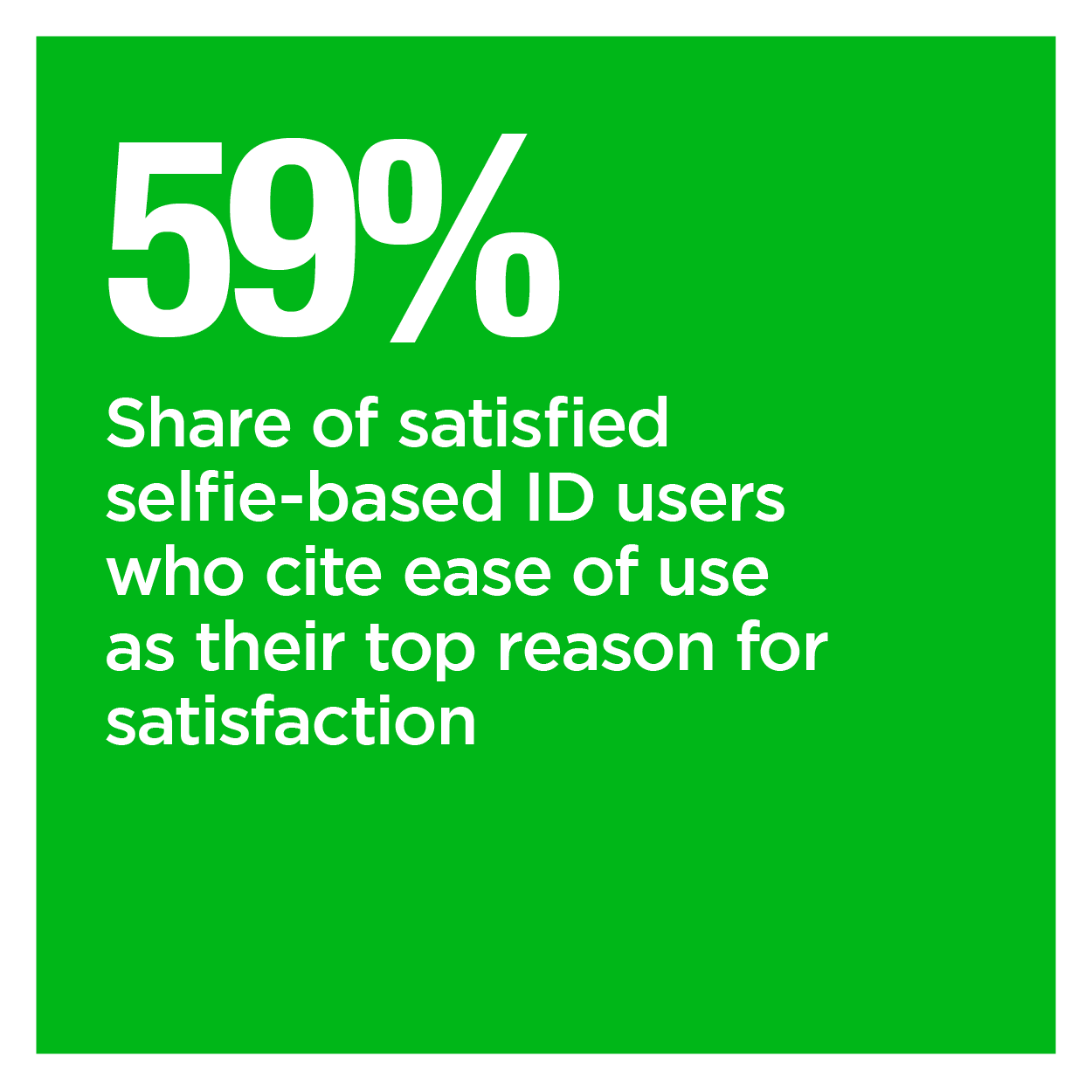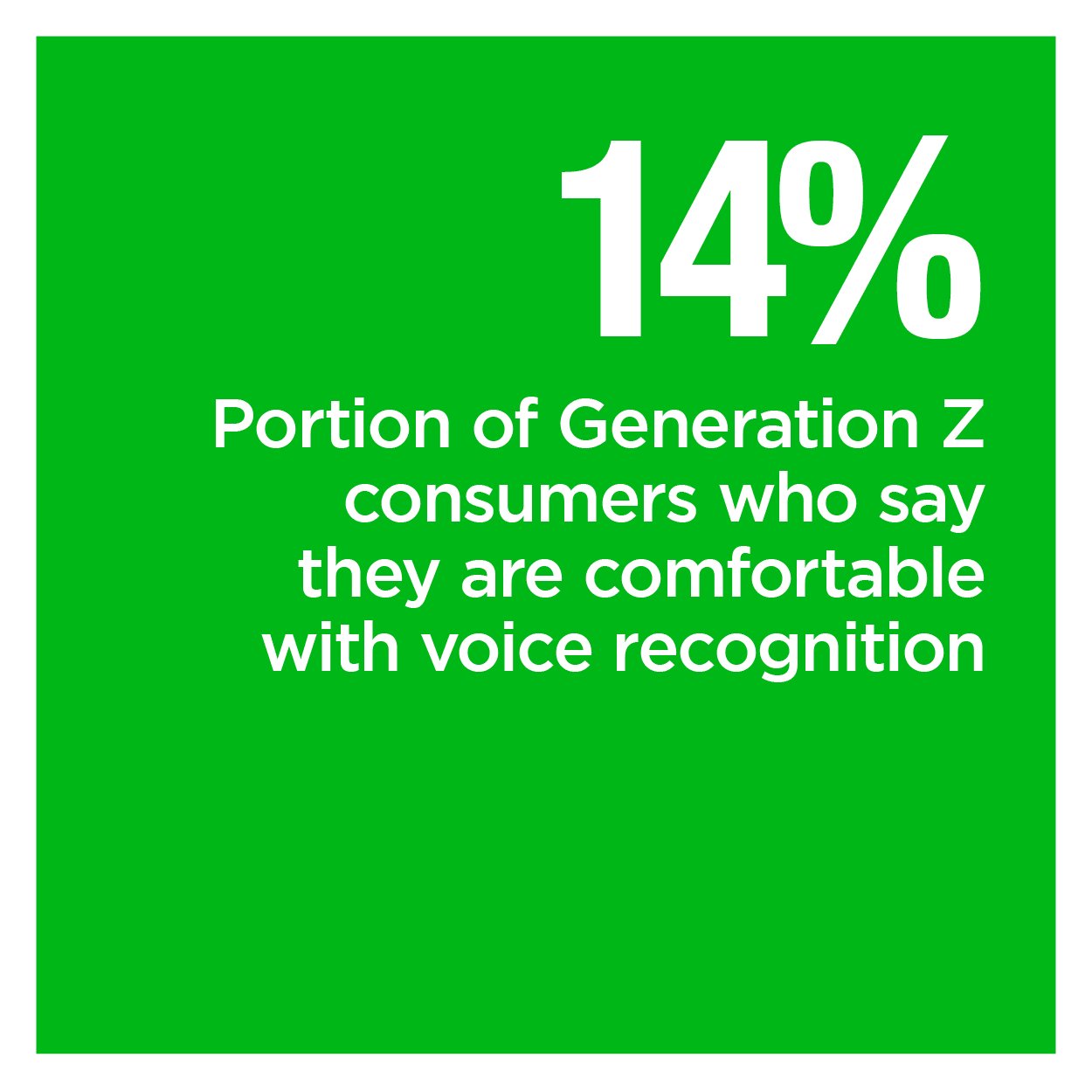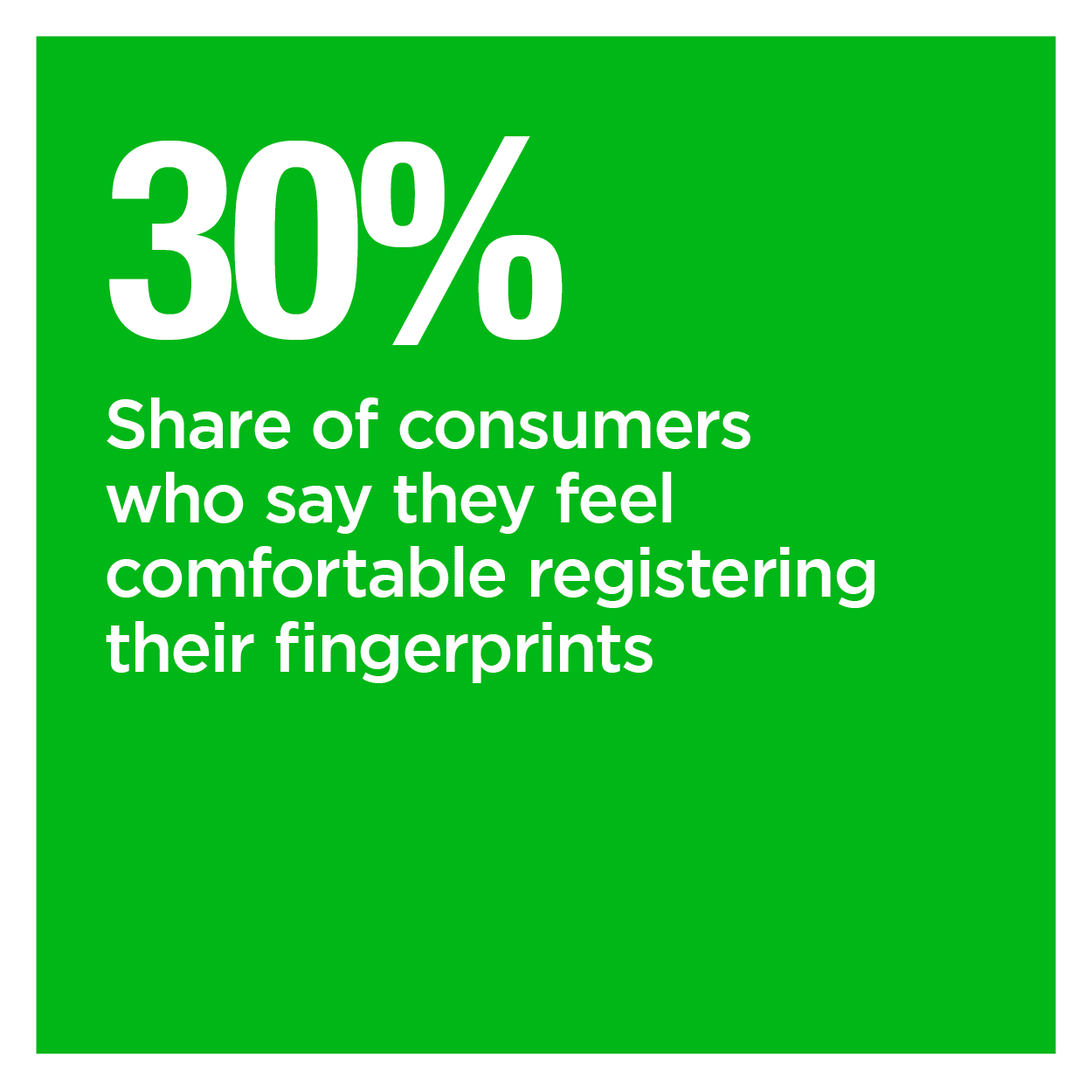Working from home is proving attractive to both companies and consumers alike even as brick-and-mortar offices reopen, but the rise of remote work could present new opportunities for today’s fraudsters if proper authentication tools are not in place. It is clear that usernames and passwords do not offer the same security as they used to, yet the adoption of emerging digital identification measures such as multifactor authentication (MFA) has continued to progress slowly.
Business es may wish to take a second look at how MFA or other tools could help aid them in protecting their online data and that of their workers as the frequency of online attacks and data breaches increases. Cyberattacks on small- to medium-sized businesses (SMBs) have especially grown over the past few years, rising 20% since 2016. Implementing digital identification measures and security tools that can ward against such attacks is therefore vital.
es may wish to take a second look at how MFA or other tools could help aid them in protecting their online data and that of their workers as the frequency of online attacks and data breaches increases. Cyberattacks on small- to medium-sized businesses (SMBs) have especially grown over the past few years, rising 20% since 2016. Implementing digital identification measures and security tools that can ward against such attacks is therefore vital.
In the latest Digital Identity Tracker®, PYMNTS examines how the move to remote work has shifted the cybersecurity landscape and what businesses need to do to ensure employees can work safely but securely from home. It also analyzes how remote work has changed their identity verification needs and what tools could prove helpful.
Around the Digital ID Space
Protecting one’s personal information is critical, but for many employees, convenience still trumps security when they head online. One study found 35% of individuals admitted they save passwords in their internet browsers for ease of use, for example, while nearly one-third of those surveyed stated they used the same password to log in to multiple sites. A further 23% claimed they had linked personal devices to their companies’ networks, all behaviors that could leave the door open for enterprising fraudsters. Developing robust cybersecurity and identity verification tools is essential for businesses that wish to keep out bad actors.
Ensuring employees are who they say they are when they access company networks has only become more critical for companies as the shift to remote work emboldens digital fraudsters. Both the frequency and danger of phishing attacks have increased in recent months as the migration to remote work continues. One report found that 80% of respondents stated they had seen a rising number of such attacks. A further 85% agreed these attacks have grown more sophisticated, while crucially, 47% claimed the phishing attacks suffered by their companies were successful. Therefore, closely examining their identity verification tools and online fraud protections should be a top goal for today’s companies.
One factor that may contribute to th e rising risk attached to phishing attacks or other forms of online fraud may be a lack of education surrounding safe internet practices for employees. Human error is one of the top worries cited by companies when examining flaws in their digital security. For example, 53% of managers at the C-Suite level claim this was the case. Employees themselves are also expressing greater concern over their employers’ digital security; however, one-third agree they would find new jobs if their current employers suffered data breaches. Assuring both employers and employees of their online safety is thus essential.
e rising risk attached to phishing attacks or other forms of online fraud may be a lack of education surrounding safe internet practices for employees. Human error is one of the top worries cited by companies when examining flaws in their digital security. For example, 53% of managers at the C-Suite level claim this was the case. Employees themselves are also expressing greater concern over their employers’ digital security; however, one-third agree they would find new jobs if their current employers suffered data breaches. Assuring both employers and employees of their online safety is thus essential.
For more on these and other stories, visit the Tracker’s News & Trends.
Globalization Partners: The Shift to Remote Work Increases Cybercrime, Onboarding Friction
The migration to remote working models appears to be becoming permanent for many companies worldwide, changing not only the future of work but how firms can find and onboard new employees. Businesses must now discover ways to verify the identities of employees who can live and work from anywhere, but sending private information and documents through online channels means companies must be sure they are putting robust identification and cybersecurity measures in place. Therefore companies must provide new employees with a seamless, and above all, safe onboarding experience, Gerard Keating, chief technology officer for HR software provider Globalization Partners explains.
To learn more about how companies can streamline onboarding while ensuring employees are properly authenticated, visit the Tracker’s Feature Story.
Deep Dive: H ow Implementing MFA Can Help Employers Protect Remote Workers
ow Implementing MFA Can Help Employers Protect Remote Workers
Employers making the switch from traditional in-person working models to remote offices must also look closely at how employees send or receive protected information once they begin to work from home. Employees are now accessing corporate networks from the privacy of their home offices, for example, leading 80% of businesses to increase their plans to improve identity security on such networks. Implementing robust authentication tools, including MFA, is one way firms may be able to assure remote employees are who they say they are when they access information on protected networks.
To learn more about how integrating MFA can help aid corporates as they make the shift to remote work, visit the Tracker’s Deep Dive.
About the Tracker
The Digital Identity Tracker®, done in collaboration with Jumio, is your go-to monthly resource for updates on trends and changes in the digital ID industry.

